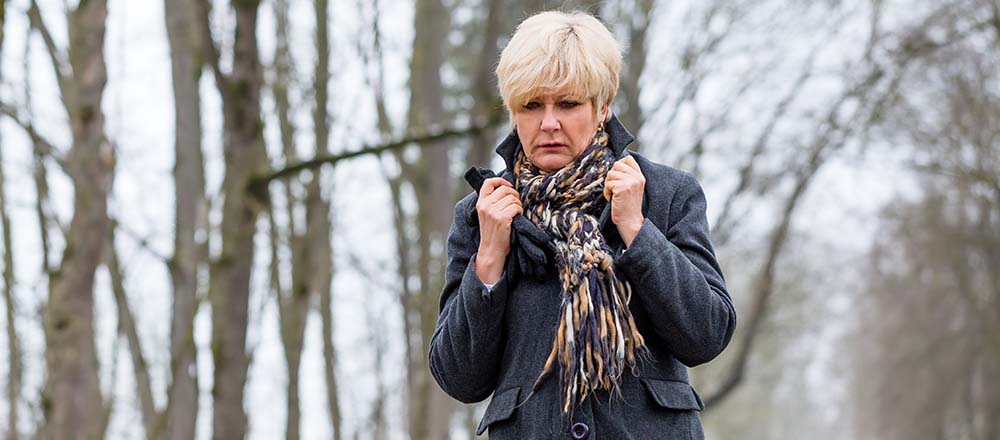Feeling SAD? Seasonal Affective Disorder May Be the Culprit
December 7, 2021By: James Trahan, MD
Categories: Live Healthy, Prevention, Spiritual Wellness

In the U.S., 500,000 may have fall/winter-onset depression. Seasonal affective disorder, or SAD, is a common type of depression. It’s more often found in women than men, and it usually does not start in people younger than 20 years. More than just the “winter blues,” symptoms of SAD usually occur during the fall and winter months when there is less sunlight. Symptoms usually improve with the arrival of spring.
Triggers
SAD is linked to several factors, including:
- A biochemical imbalance in the brain
- Changing of seasons
- Deficits in vitamin D
- Longer days that trigger overactive and excited behavior and shorter days that cause depression
Symptoms
They can be mild to severe and include:
- Changes in appetite and sleep
- Loss of energy or increased fatigue
- Loss of interest or pleasure in activities
- Sadness or depression
Explore More
Beat the Blues
Feel Blessed and Be Your Best
Holiday Depression: When It’s Not the Most Wonderful Time of the Year
Evaluation
Your doctor, who may be a psychiatrist, will:
- Perform a mental and physical exam, including determining any underlying medical issues
- Take a psychiatric history
- Consider comorbidities
- Identify target symptoms
- Quantify the level of depression and other symptoms
- Establish a diagnosis
- Set goals
Treatment
Depending on the diagnosis, SAD can be treated with:
- Antipsychotics
- Light therapy
- Mood stabilizers
Depression cannot always be prevented, but it can be treated. If you are experiencing any of the above symptoms to the point you have difficulty maintaining your normal activity level and relationships, contact your primary care doctor.



